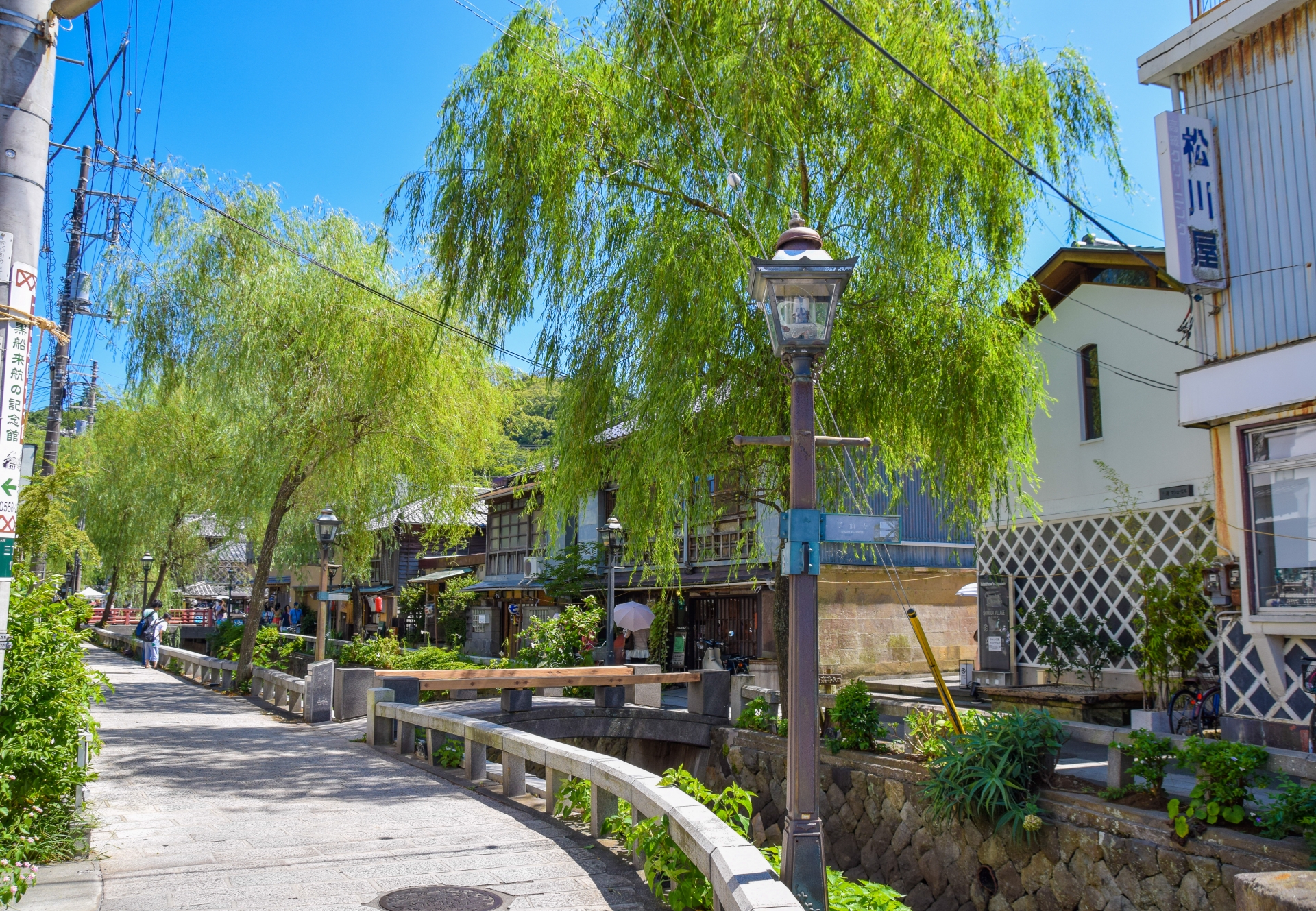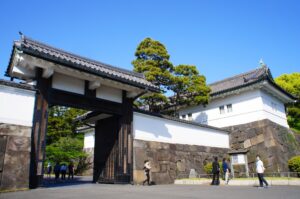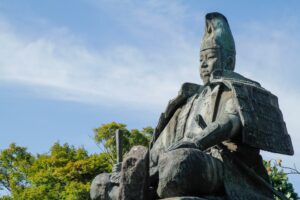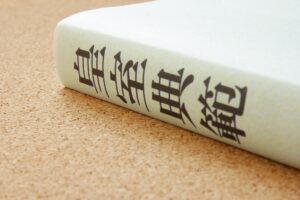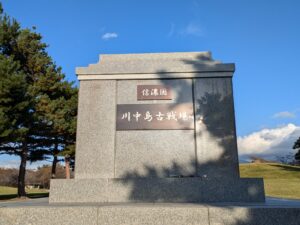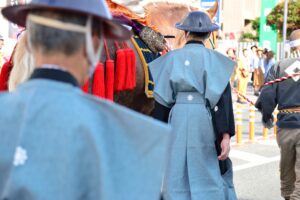The Bakumatsu period marks a critical turning point in Japanese history, bridging the isolationist Tokugawa Shogunate and the modernizing Meiji government. From Commodore Perry’s black ships to the fall of the shogunate, this article uncovers the complex events, legendary figures, and enduring cultural echoes of Japan’s late Edo era.
What Was the Bakumatsu Period?
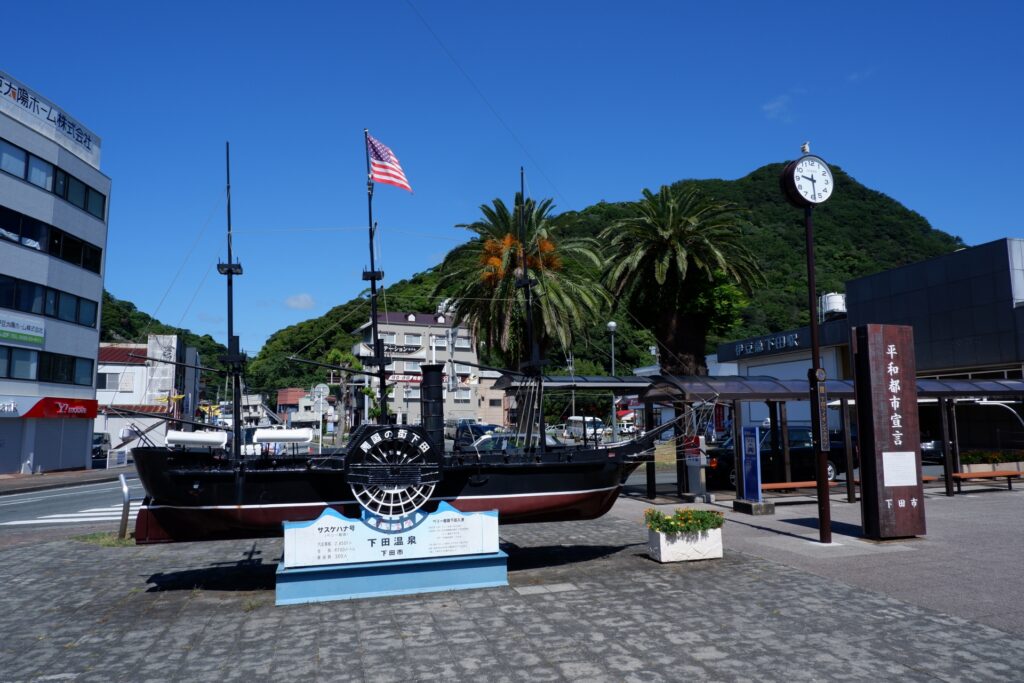
The Bakumatsu period refers to the final years of the Tokugawa Shogunate, spanning from 1853 to 1868. This transformative era began with the arrival of Commodore Matthew Perry’s “black ships” and concluded with the Meiji Restoration, which marked the end of over two centuries of samurai rule and the emergence of a modernized, centralized Japan.
At the start of the Bakumatsu, Japan was governed under the Tokugawa Shogunate’s feudal system and enforced an isolationist policy known as sakoku, which severely limited foreign contact. For over 200 years, this policy had kept Japan insulated from Western influence. However, global powers, particularly the United States, Britain, and Russia, began to exert pressure on Japan to open its ports for trade. The confrontation between a stagnant feudal regime and the rising tide of global modernization triggered immense social and political upheaval.
This era is pivotal in understanding how Japan navigated the tension between preserving its traditions and embracing a new political and technological order. It set the stage for Japan’s rapid industrialization and its emergence as a global power in the 20th century.

Key Events That Shaped the Bakumatsu
The Bakumatsu era was marked by a series of significant events that not only destabilized the old order but also laid the foundation for modern Japan. Here is a chronological overview:
- 1853: Arrival of Commodore Perry
Commodore Matthew Perry of the U.S. Navy arrived in Edo Bay with four black steamships, demanding that Japan open its ports to American vessels. His visit exposed Japan’s vulnerability and forced the Tokugawa regime to confront foreign demands. - 1854: Convention of Kanagawa
Japan signed this treaty with the U.S., agreeing to open two ports for American ships and establish a U.S. consulate, effectively ending the sakoku policy. - 1858: Harris Treaty
Negotiated by U.S. diplomat Townsend Harris, this treaty granted the U.S. further trade privileges and extraterritorial rights. Similar unequal treaties followed with other Western nations, stirring nationalist backlash within Japan. - 1860s: Rise of the Sonnō Jōi Movement
The rallying cry of “Revere the Emperor, Expel the Barbarians” symbolized growing discontent. Samurai and regional lords (daimyō) who opposed the shogunate began organizing against foreign influence and Tokugawa rule. - 1868: Boshin War Begins
A civil war between pro-imperial and pro-shogunate forces erupted. The conflict ended with the defeat of the Tokugawa, restoring political power to the emperor and ushering in the Meiji Restoration.
Influential Figures of the Bakumatsu Era
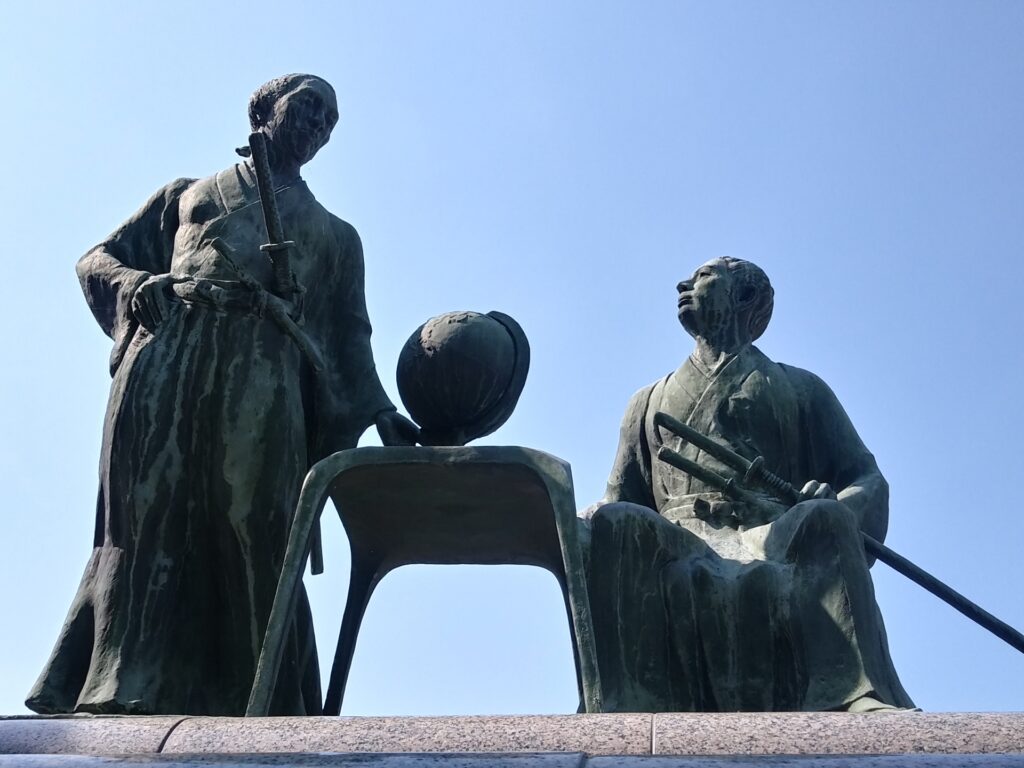
The transformation of Japan during the Bakumatsu was shaped by the bold actions of several key individuals:
Sakamoto Ryōma
A visionary samurai from Tosa Domain, Sakamoto Ryōma is best known for negotiating the alliance between Chōshū and Satsuma domains—two historically rival clans that united against the Tokugawa shogunate. Ryōma was a staunch advocate of modern naval forces and a peaceful transition of power. His forward-thinking ideas on democracy and modernization continue to inspire today.
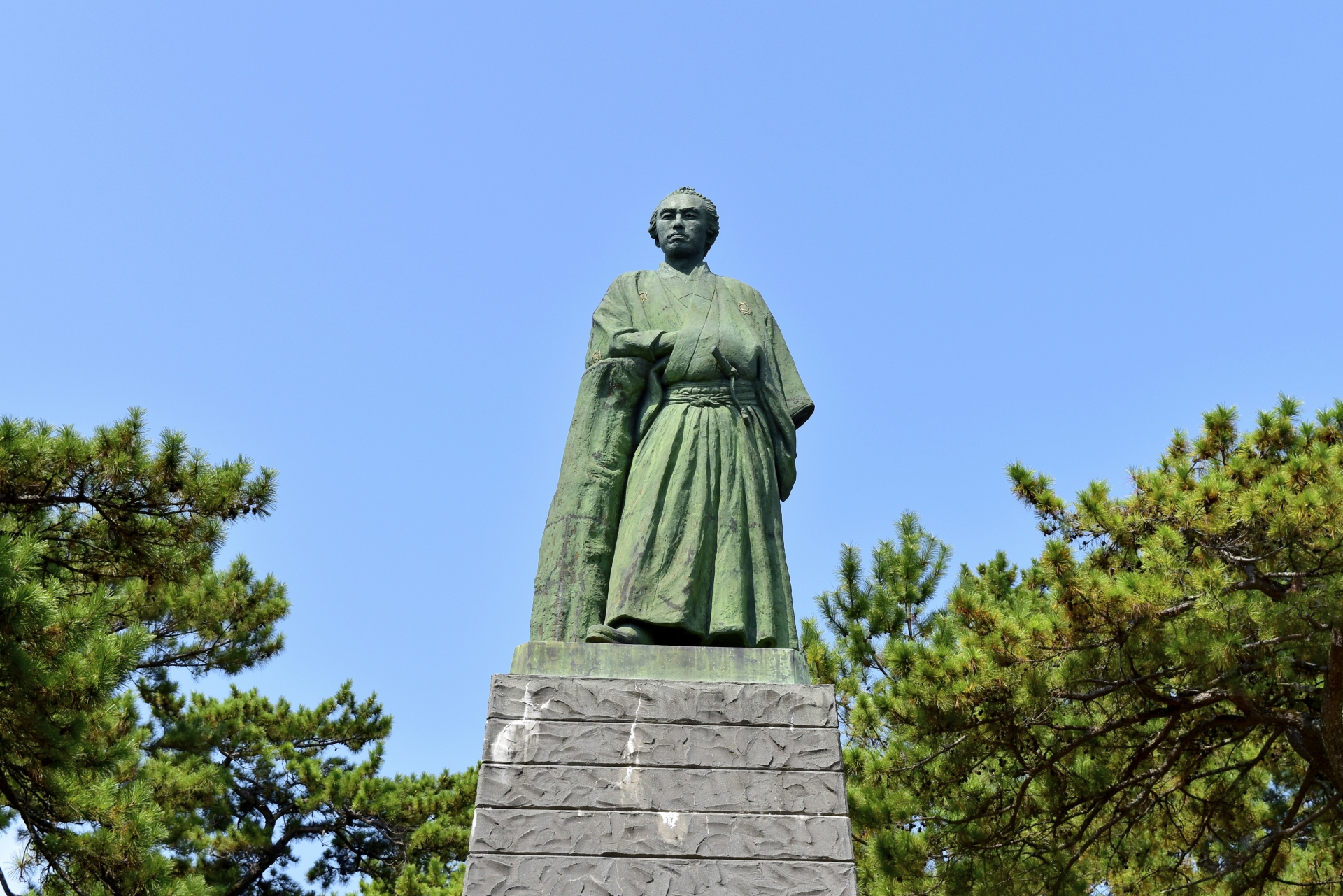
Saigō Takamori
Hailing from the Satsuma Domain, Saigō was a formidable military leader who played a crucial role in the Boshin War. Although he initially supported the emperor, he later rebelled against the Meiji government due to disillusionment with rapid Westernization. His tragic death during the Satsuma Rebellion (1877) turned him into a symbol of samurai honor and resistance.
Katsu Kaishū
As a naval officer and statesman, Katsu Kaishū worked tirelessly to modernize Japan’s military forces. He is perhaps most celebrated for negotiating the peaceful surrender of Edo Castle to imperial forces, thus avoiding unnecessary bloodshed in the capital. A moderate reformer, Katsu believed Japan must adopt Western practices without losing its cultural identity.
Tokugawa Yoshinobu
The 15th and final shogun, Tokugawa Yoshinobu attempted to reform the shogunate and fend off imperial restoration. Realizing the futility of armed resistance, he voluntarily relinquished power in 1867. His resignation marked the symbolic end of the Tokugawa regime and the return of authority to the emperor.
Shinsengumi: Fact vs. Fiction
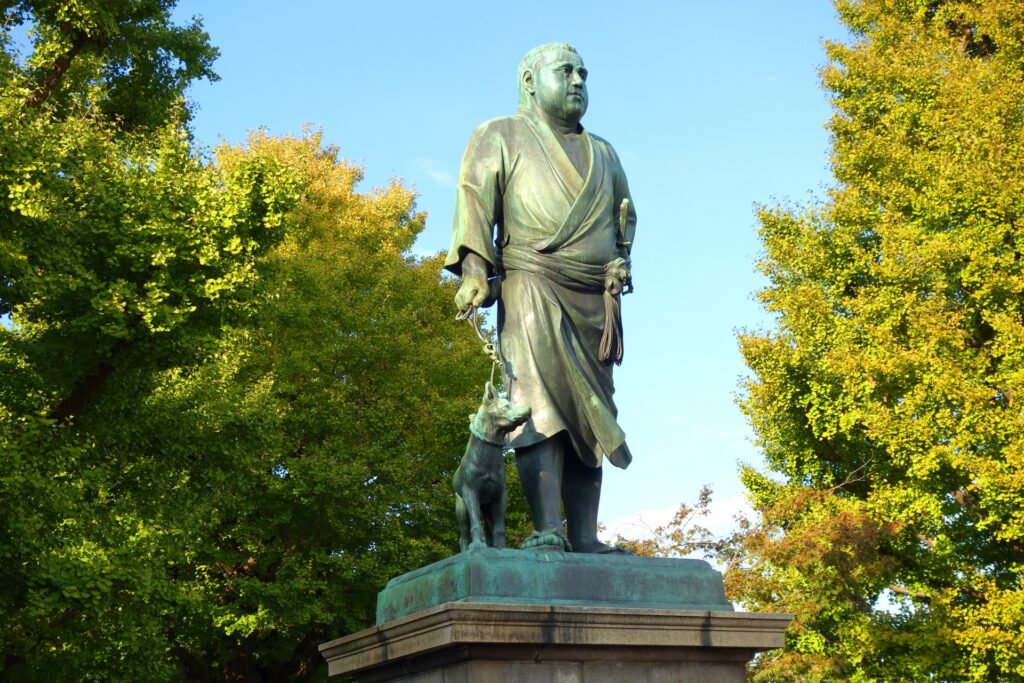
The Shinsengumi were a special police force formed in 1863 to maintain order in Kyoto and protect Tokugawa interests against anti-shogunate elements. Comprised mostly of ronin (masterless samurai), they became infamous for their strict code and deadly efficiency.
Yet in pop culture—anime, films, and games—they are often portrayed as tragic heroes or romantic warriors. Here’s a breakdown:
| Aspect | Historical Reality | Pop Culture Depiction |
| Leadership | Kondō Isami, Hijikata Toshizō | Often romanticized as noble icons |
| Mission | Enforce order and protect shogunate | Defenders of justice and loyalty |
| Fate | Defeated in Boshin War, many executed | Glorified, heroic deaths |
While their loyalty and martial skills were real, modern media often downplays their political repression and violent methods, instead highlighting their personal struggles and unwavering loyalty.
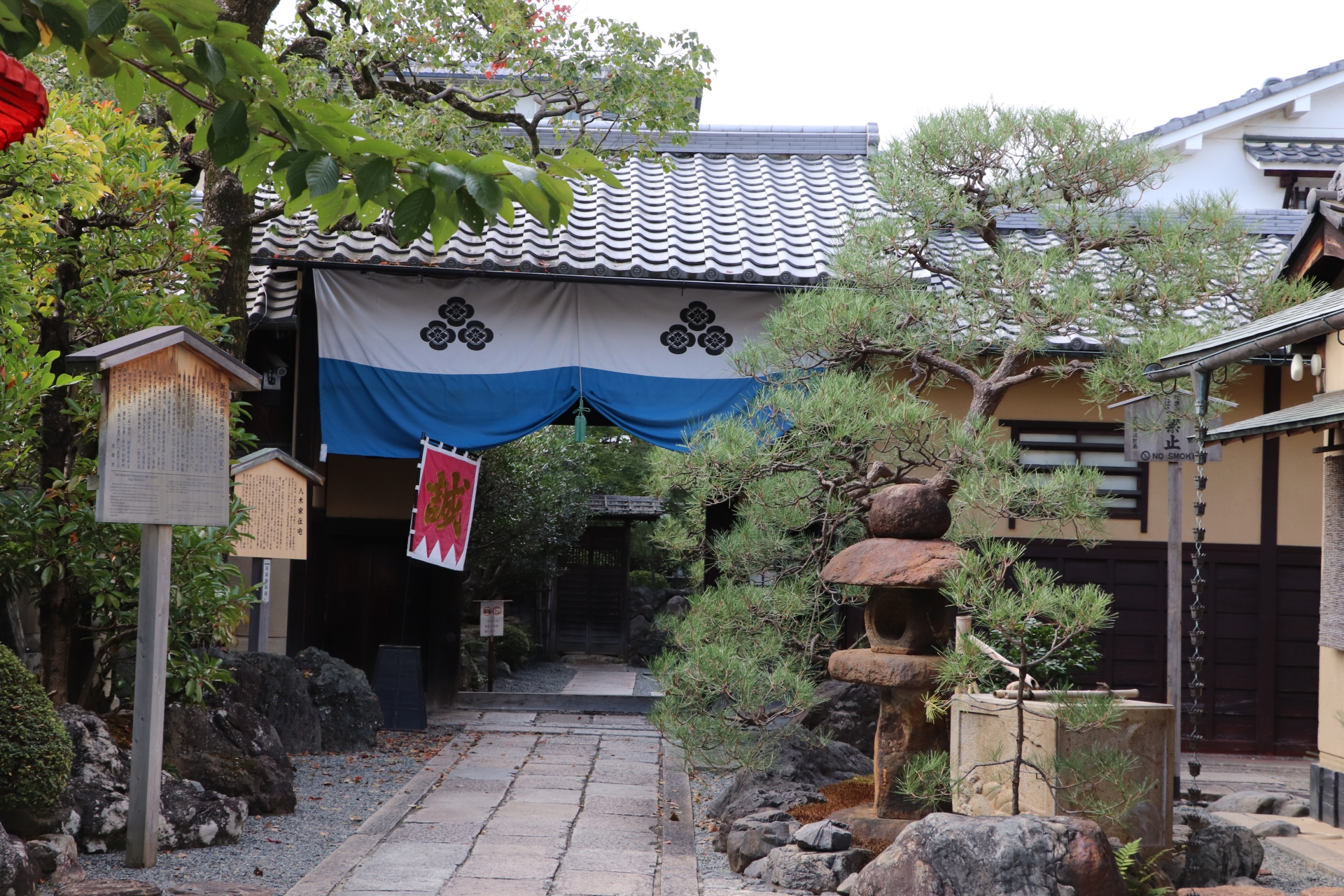
Life During the Bakumatsu: Culture, Society & Daily Life
While political chaos gripped the nation, everyday life for most Japanese continued amid uncertainty and change. Here’s what life looked like for different segments of society:
Urban Life in Edo
Edo (modern Tokyo) was one of the world’s largest cities at the time. Despite looming tensions, it was bustling with commerce, entertainment, and cultural activity. Ukiyo-e (woodblock prints), kabuki theater, and pleasure districts flourished, offering escape from political instability.
Samurai Customs and Routine
Samurai were grappling with a crisis of identity. Many found their stipends reduced or their authority questioned. While some turned to politics or reform, others joined factions like the Shinsengumi or anti-shogunate movements. Martial training, calligraphy, and Confucian study remained pillars of samurai life.
Food, Clothing, and Art
Common people wore cotton yukata or hemp garments, while wealthier citizens and samurai adorned themselves in silk kimono. Meals were rice-based, often accompanied by miso soup, pickles, and seasonal fish or vegetables. Artistic life remained vibrant, with tea ceremonies and Noh drama continuing alongside newer forms like comic storytelling (rakugo).
Foreign Influence and Diplomacy in Bakumatsu
Western powers aggressively pursued diplomatic and trade relations with Japan during the Bakumatsu, resulting in massive shifts in both foreign policy and internal governance.
- Unequal Treaties: Following the Harris Treaty, Japan signed similar agreements with Britain, France, the Netherlands, and Russia. These treaties granted foreigners extraterritorial rights and imposed low import tariffs, undermining Japan’s sovereignty.
- Internal Opposition: Many samurai and scholars saw these treaties as humiliating, fueling the sonnō jōi movement and anti-foreign sentiment. The tension led to targeted assassinations of foreign diplomats and internal revolts.
- Western Technology and Knowledge: Ironically, the presence of foreigners also introduced modern military techniques, scientific knowledge, and educational reforms. The shogunate established schools like the Nagasaki Naval Training Center to train samurai in Western methods.
Diplomacy during this era wasn’t just a story of subjugation but also of adaptation. Japan learned quickly from its encounters and began restructuring its institutions to meet the challenges of a globalized world.
From Bakumatsu to Meiji: How Japan Transformed
The end of the Bakumatsu era transitioned seamlessly into the Meiji Restoration, a period of dramatic reform and modernization. Here’s how Japan evolved:
- Power Shift: Authority was transferred from the Tokugawa shogunate to the emperor, restoring the monarchy’s symbolic and actual power.
- Abolition of the Samurai Class: The traditional samurai lost their stipends and privileges, replaced by a conscripted national army modeled after Western militaries.
- Centralization of Government: Regional domains (han) were abolished, and Japan was reorganized into prefectures under central authority.
- Modern Institutions: Japan introduced a Western-style education system, legal code, and infrastructure (railways, telegraphs, banks), propelling it toward rapid industrial growth.
The Bakumatsu was more than a political revolution—it was the breaking point of an old world and the forging of a new identity.
Conclusion: Legacy of the Bakumatsu
Though it lasted only 15 years, the Bakumatsu era was one of the most consequential in Japanese history. It represented the final act of the samurai-dominated Tokugawa regime and set the stage for Japan’s transformation into a modern nation-state.
The era’s key figures—like Sakamoto Ryōma and Saigō Takamori—remain cultural icons. The ideological struggles and dramatic clashes of this period continue to resonate in literature, film, and academic discourse. Stories from the Bakumatsu still captivate audiences through anime like Rurouni Kenshin or Gintama, keeping its memory alive in global pop culture.
Ultimately, the Bakumatsu teaches us how societies navigate the turbulent waters of change, facing foreign pressures, internal conflict, and the deep struggle between preserving tradition and embracing modernity. It reminds us that even in the darkest twilight, a new dawn is always on the horizon.

